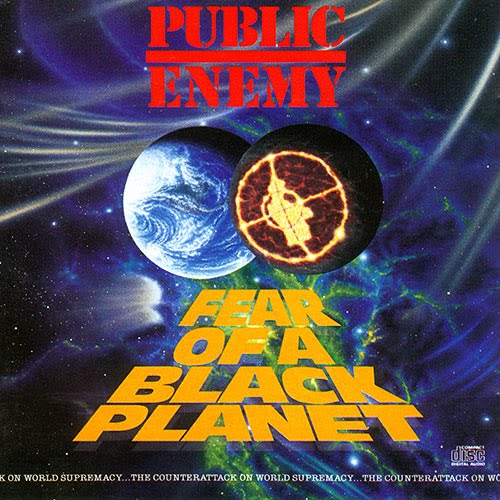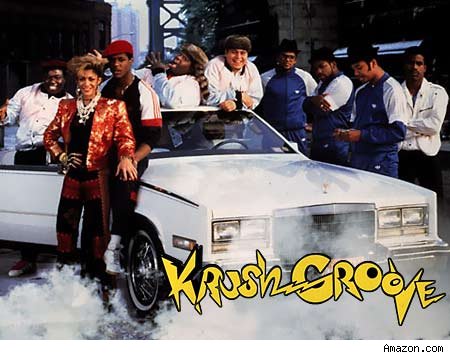
For Monday Read chapter 12 (“What We Got to Say”) in Jeff Chang’s Can’t Stop. Focus on the changing political conditions Chang describes as a backdrop for the music scene of the late 1980s. Think about this also in terms of following the harder-edged sound and stance that Run-DMC helped to push forward, as we’ve discussed. Look for the following in Chang:
Listen to the following (which Chang mentions in the text): MC Shan’s “The Bridge”, KRS-ONE’s “The Bridge is Over” (his answer to MC Shan’s “The Bridge”), PE’s “Yo! Bum Rush the Show”, Eric B. and Rakim’s “I Know You Got Soul”, PE’s “Rebel Without a Pause”.
For Wednesday read chapter 13 (“Follow for Now”) in Jeff Chang’s Can’t Stop. This chapter tracks Public Enemy’s meteoric rise and subsequent problems. Play/ video list: Krs-ONE’s “Stop the Violence”, “Self Destruction”, Public Enemy’s “Don’t Believe the Hype”, “Fight the Power”. Be sure to watch “Self Destruction” and “Fight the Power”. These are both examples of the growing importance of video as a (possibly the) important narrative form of hip hop in particular; popular music in general. Note the background in PE’s “Fight the Power” and the imagery they evoke.
“Fight the Power” deliberately draws on the Civil Rights and Black Power movements and also ties into the insurgent militancy of the time in the NYC area, some of which we talked about on Monday. Finally, Flavor Flav’s “Can’t Do Nuttin’ for Ya’, Man” shows him as the polar opposite of Chuck D and how the group tried (uneasily, as Chang notes) to bridge the divide between the more conscious aspects of the music and the purely popular. Flav’s antics took some of the edge off of Chuck’s hard-core songs and added a comic element to the group, but the question remains (especially given Flav’s more recent antics) of whether he’s the “wise fool” capable of speaking the truth or just an ordinary one. Look for the following in Chang:
Announcements: De La Soul has released a mixtape for free (they recently offered their entire catalog to fans as a download). Contrast this with Wu Tang Clan’s plans for their (very) limited edition upcoming album.


